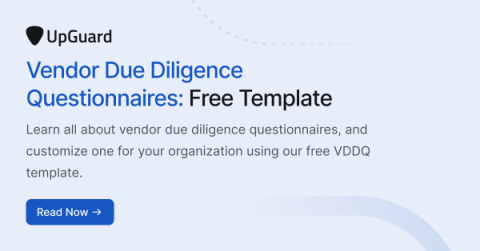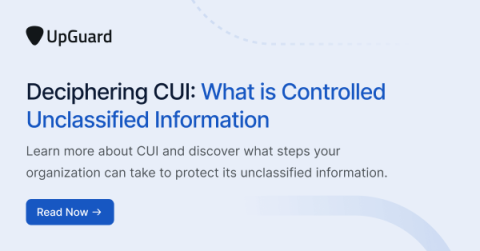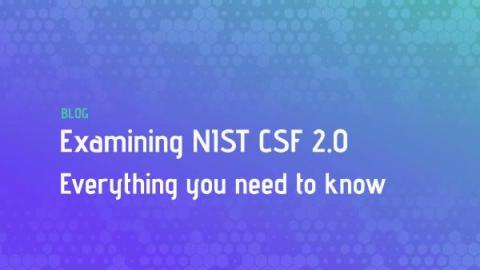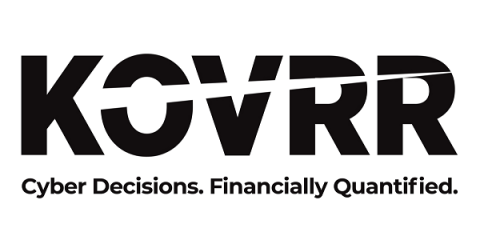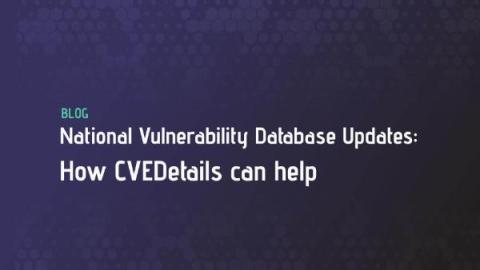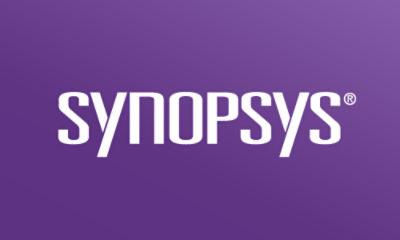Vendor Due Diligence Questionnaires: Free Template
Vendor due diligence questionnaires are a type of security questionnaire for third-party vendors or service providers that are an essential part of any third-party risk management program (TPRM) program. By using a vendor due diligence questionnaire, security teams can evaluate a new vendor’s overall risk hygiene before entering into a business partnership.


